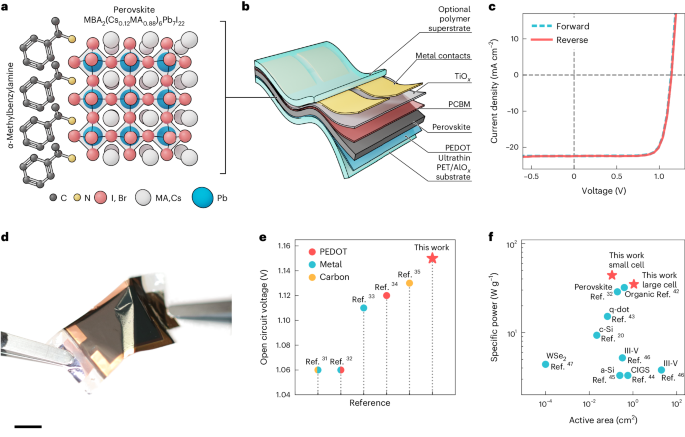- 145 Posts
- 216 Comments
Still no blu ray last time I checked.

 3·6 months ago
3·6 months agoOk, if you don’t use their web site you won’t see the UX dark patterns. Trust us, they there and fit with the overall garbagefication theme. Annoys the living shit out of me. At least no more Prime Video UI and ad trainwreck.

 142·6 months ago
142·6 months agoIf you haven’t noticed, you’ve been not paying attention. I canceled Prime a while ago and they try very hard to get you back. And they try to sneak on you billed expedited shipping when over minimum gratis shipping quota. Dark patterns galore.
It would be a major pain for me to boycott them completely so I don’t, yet.

 3·6 months ago
3·6 months agoHow would a national government (not TLAs) target particular individuals in a large number of users and what information can they gather given e.g. https://mullvad.net/en/help/no-logging-data-policy ? So perhaps not quite as easily as ordering a tap.

 8·6 months ago
8·6 months agoMy national government has no business knowing which protocols I use to contact which endpoints and tamper with that traffic. Wrapping up that information in a tunnel is a good first protection layer.

 6·6 months ago
6·6 months agoYou forget that nation-states control your ISP. And of course you can choose your VPN provider or run your own.

 6·6 months ago
6·6 months agoThe provider and national TLAs will see all traffic that is in cleartext and meta traffic which is even more valuable. It can also actively tamper with that traffic. So you’re technically incorrect and you assume your threat model is universal. It’s not. And, of course, there are use cases for Tor, whether with or without VPN.
Nobody is using MMF these days even for local runs. As to sfp, check https://fs.com and pick a matching pair that is cheapest. These days it makes sense to use 10G or 25G rather than 1G. Some people run 100G for their homelab, but even used it’s pricy and noisy.

 2·6 months ago
2·6 months agoA free running cellular automaton (CA) approach in hardware would work, but each cell would be a much souped up SRAM cell, the interactions would be all local and 2D. Considering Cerebras is 40 G SRAM on the 300 mm WSI and is about at the cooling limit I’m afraid you do not have 5 orders of magnitude. Perhaps reversible spintronics can help with the power draw, but you still have to splat a higher dimensional network so not just local interactions into a 2D array.

 7·6 months ago
7·6 months agoYou seem to not be using open source software packaged for multiple architectures or which can be built for your binary target. Most people will be just using a browser and an office suite.

 8·6 months ago
8·6 months agoNo, that captures just the neuroanatomy. Not the properties like density of ion channels, type, value of the synapse and all the things we don’t know yet.

 22·6 months ago
22·6 months agoYou seem to trust Nvidia. I don’t.
I would look into thin clients and Lenovo etc. tiny PC for office on eBay. I run old low power low noise rackmount Supermicros which are nice but hard to find at low prices.

 1·6 months ago
1·6 months agoYes orders of magnitude, but not too many of them. The real estate of a 300 mm wafer is limited, the structure shrink is saturating and you can’t get too many layers. You still need a packet switched network on the wafer even if the rest is mostly analog. Perhaps spintronics can limit the power requirements too.
Factor in power bills and heat and noise into your calculations.
Secure has no meaning.

 4·6 months ago
4·6 months agoSadly, you can’t download the hardware to run models that size.

 10·6 months ago
10·6 months agoThere are diminishing returns in semiconductor photolitho. Moore scaling is long over, absolute real estate see WSI with Cerebras, DC costs and power envelope are all sending a clear message. Quantization is there, so you can go from digital multipliers to analog and go spiking networks, but transformers and Co have little power there.
Also, the kind of economy that can carry Gen AI as business model is not a given, long term.

 23·6 months ago
23·6 months agohttps://h01-release.storage.googleapis.com/data.html
Make sure you have spare 1400 terabytes.















They do get released. I need a source of high quality rips for the NAS to stream from.